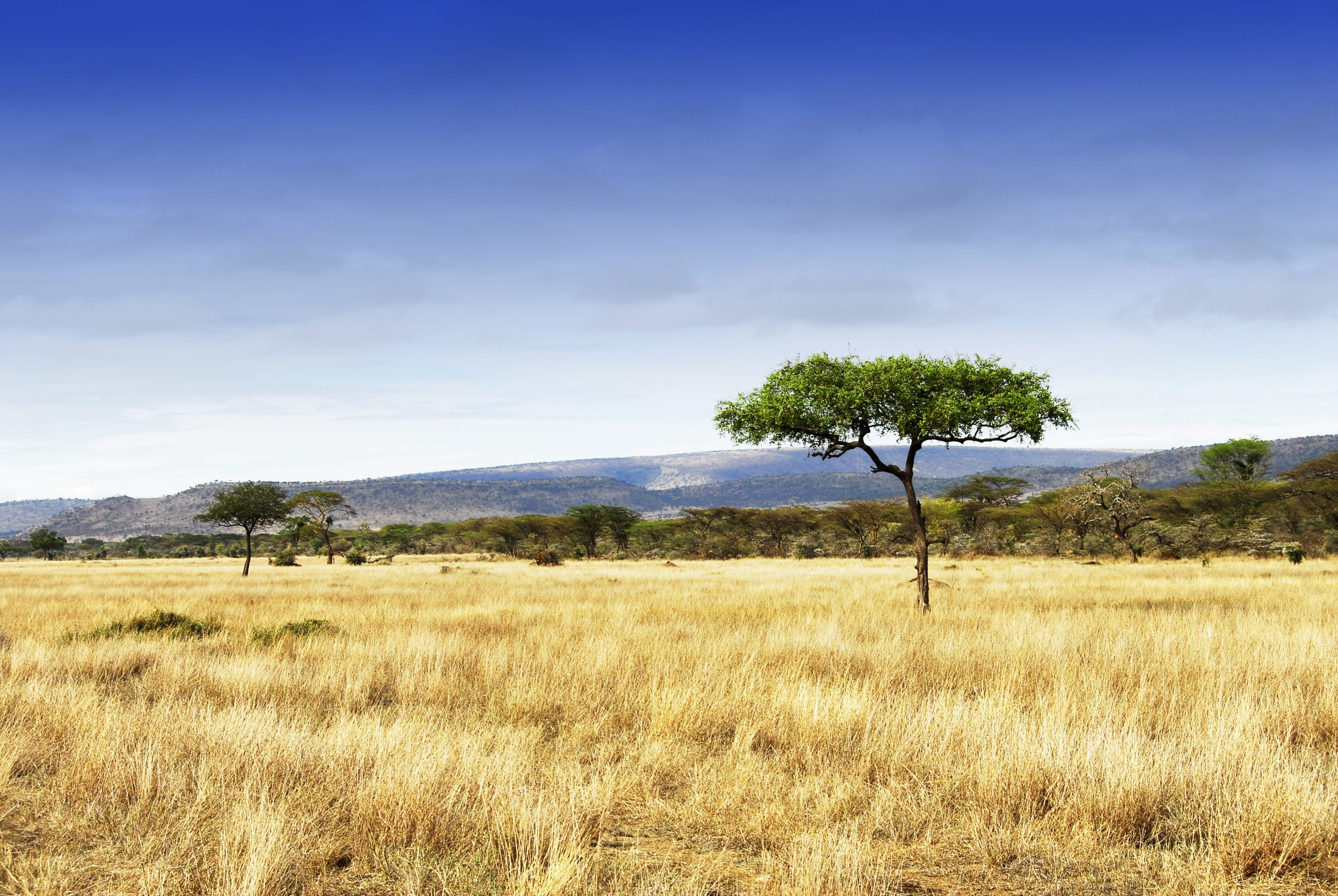
Savanna Climate
Savanna Climate: A Comprehensive Guide to Understanding and Adapting to This Unique Ecosystem
The savanna climate is one of the most fascinating and diverse ecosystems on Earth. Characterized by its distinct wet and dry seasons, this climate supports a wide range of flora and fauna, making it a vital part of the planet’s biodiversity. In this article, we will explore the key features of the savanna climate, its geographical distribution, ecological importance, and the challenges it faces due to climate change and human activities.
What Is Savanna Climate?
The savanna climate is typically found in regions located between tropical rainforests and deserts. It is characterized by a distinct alternation between a long dry season and a shorter wet season. This climate is most commonly associated with tropical savannas, which are grasslands with scattered trees, but it can also occur in subtropical regions.
Key Characteristics of Savanna Climate
- Temperature: The savanna climate is generally warm throughout the year, with average temperatures ranging between 20°C and 30°C (68°F to 86°F). However, temperatures can drop significantly during the dry season, especially at night.
- Rainfall: Rainfall in savanna regions is highly seasonal. The wet season typically lasts for about 3 to 4 months, during which the region receives the majority of its annual rainfall. The dry season, on the other hand, can last for up to 8 months, with little to no precipitation.
- Vegetation: The vegetation in savannas is adapted to withstand long periods of drought. Grasses dominate the landscape, but scattered trees such as acacias and baobabs can also be found.
Geographical Distribution of Savanna Climate
The savanna climate is primarily found in regions located near the equator, between the tropical rainforests and deserts. Some of the most well-known savanna regions include:
- Africa: The African savanna is perhaps the most famous example of this climate type. It stretches across large parts of East and Southern Africa, including countries such as Kenya, Tanzania, and South Africa.
- South America: The Llanos and Cerrado regions of South America, particularly in Venezuela and Brazil, are examples of savanna climates in the Western Hemisphere.
- Australia: Northern Australia also has large areas of savanna, particularly in the Northern Territory and Queensland.
- India: Parts of central India, particularly the Deccan Plateau, experience a savanna-like climate.
Ecological Importance of Savanna Climate
The savanna ecosystem plays a crucial role in maintaining global biodiversity. It is home to a wide variety of plant and animal species, many of which are uniquely adapted to the harsh conditions of the savanna climate. Some of the key ecological functions of savannas include:
- Carbon Sequestration: Savanna grasslands and trees absorb large amounts of carbon dioxide from the atmosphere, helping to mitigate the effects of climate change.
- Biodiversity Hotspot: The savanna is home to some of the world’s most iconic wildlife species, including elephants, lions, giraffes, and zebras. These species play a vital role in maintaining the balance of the ecosystem.
- Water Regulation: The seasonal nature of rainfall in savannas helps regulate water flow in rivers and lakes, providing a reliable water source for both wildlife and human populations.
Challenges Facing the Savanna Climate
Despite its ecological importance, the savanna climate is under threat from a variety of factors, including climate change, deforestation, and human activities such as agriculture and urbanization. Some of the key challenges facing savannas include:
1. Climate Change
As global temperatures continue to rise, the savanna climate is becoming increasingly unpredictable. Changes in rainfall patterns can lead to longer and more severe droughts, which can have devastating effects on both plant and animal life.
2. Deforestation
In many parts of the world, savannas are being cleared for agriculture, mining, and urban development. This deforestation not only destroys the natural habitat of many species but also contributes to climate change by releasing stored carbon into the atmosphere.
3. Overgrazing
In regions where livestock farming is prevalent, overgrazing can lead to soil degradation and desertification. This is particularly problematic in areas where the dry season is already long and harsh.
4. Wildfires
While wildfires are a natural part of the savanna ecosystem, human activities such as land clearing and agriculture have increased the frequency and intensity of these fires. This can lead to the destruction of large areas of vegetation and the displacement of wildlife.
Adapting to the Savanna Climate
Despite the challenges facing the savanna climate, there are several ways in which both humans and wildlife can adapt to these changing conditions. Some of the key strategies for adaptation include:
- Sustainable Agriculture: Implementing sustainable farming practices, such as crop rotation and agroforestry, can help reduce the impact of agriculture on savanna ecosystems.
- Conservation Efforts: Protecting and restoring savanna habitats through conservation programs can help preserve biodiversity and prevent further deforestation.
- Water Management: Developing efficient water management systems, such as rainwater harvesting and irrigation, can help communities in savanna regions cope with the seasonal nature of rainfall.
- Fire Management: Implementing controlled burns and firebreaks can help reduce the risk of wildfires and protect both human and wildlife populations.
Conclusion
The savanna climate is a unique and vital ecosystem that supports a wide range of plant and animal species. However, it is also facing significant challenges due to climate change, deforestation, and human activities. By implementing sustainable practices and conservation efforts, we can help protect this important ecosystem for future generations.
Frequently Asked Questions (FAQ)
1. What is the difference between a savanna and a desert?
A savanna is a grassland with scattered trees, while a desert is a barren area with little to no vegetation. Savannas receive more rainfall than deserts, but they still experience long dry seasons.
2. How does climate change affect the savanna?
Climate change can lead to more extreme weather patterns in savannas, including longer droughts and more intense wildfires. This can have a negative impact on both plant and animal life.
3. What animals live in the savanna?
The savanna is home to a wide variety of wildlife, including elephants, lions, giraffes, zebras, and antelopes. These species are uniquely adapted to the harsh conditions of the savanna climate.
4. How can we protect the savanna ecosystem?
We can protect the savanna ecosystem by implementing sustainable farming practices, conserving natural habitats, and reducing deforestation. Efforts to manage wildfires and water resources are also crucial.
5. Where can I find savanna climates around the world?
Savanna climates can be found in regions such as East and Southern Africa, Northern Australia, South America (e.g., the Cerrado), and parts of India.
By understanding the savanna climate and its importance, we can take steps to protect this unique ecosystem and ensure its survival in the face of environmental challenges.
